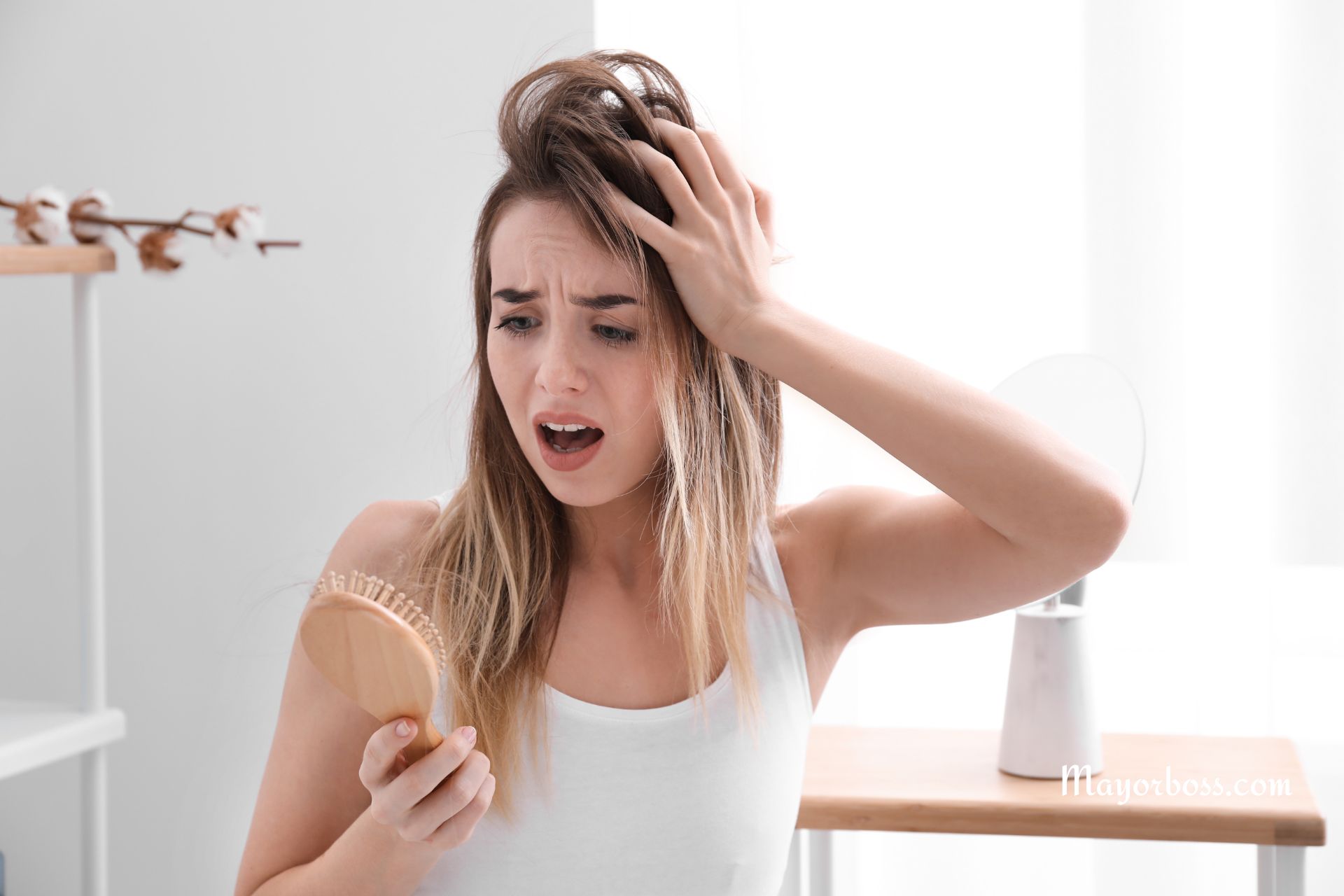Signs You’re Losing Your Hair
Have you ever caught a glimpse of your reflection and paused, wondering if your hair looked a bit less full than before? Or perhaps you’ve noticed more strands clinging to your brush and thought, “Is this normal?” You’re not alone in this. Hair loss, a concern that silently troubles many, often creeps up unnoticed until the signs become too evident to ignore. In this article, we’ll discuss the telltale signs that might indicate you’re beginning to lose your hair.

Thinning on Top
One of the most common signs of hair loss is thinning, particularly at the top of the head. This can be more noticeable in men as a receding hairline or the appearance of a wider part in women. If you start to see more of your scalp than usual, it might be time to investigate further.
Hair Clumps in Your Brush
While it’s normal to lose some hair daily, clumps of hair in your brush or comb can be subtle signs of hair loss. If you’re pulling out large amounts of hair with gentle brushing or combing, it’s worth paying attention to.
More Hair on Your Pillow
Have you noticed an increase in the amount of hair on your pillow when you wake up in the morning? While it’s normal to shed between 50 to 100 hairs a day, finding clumps of hair where you sleep could be a sign that you’re losing more hair than usual.
Excess Hair in the Shower Drain
Paying attention to the amount of hair collecting in your shower drain can also provide clues. If you begin to notice larger amounts of hair than what you’re accustomed to seeing, it might be an indication of hair loss.
Bald Patches or Widening Part
Sudden bald spots or a part that continues to widen could be a sign of hair loss. These patches may appear randomly and can vary in size. If you notice any of these changes, it might be an indication of an underlying condition such as alopecia areata.
Itchy or Flaky Scalp
While an itchy or flaky scalp can be caused by many things, including dandruff, it can also be associated with hair loss. Conditions like dermatitis can lead to both scalp irritation and hair thinning.
Noticeable Scalp
If your scalp becomes more visible through your hair, it might be a sign that your hair density is decreasing. This can be particularly noticeable under bright lighting or when your hair is wet.
Hair Doesn’t Style the Same
If your hair suddenly doesn’t hold styles the way it used to or seems less voluminous, it could be due to a decrease in hair quantity. Thinner hair can be more difficult to style and may not look as full as before.
Family History
Genetics plays a significant role in hair loss. If you have family members who have experienced thinning or balding, you might be more prone to it. Keeping an eye on changes in your hair density compared to younger years can be a good indicator.
Changes in Texture
Hair loss can sometimes be accompanied by changes in hair texture. Hair may become finer, or the quality of new hair growth could differ from what you’re used to.
Traction
If you often wear your hair in tight hairstyles like ponytails, braids, or buns, you may notice thinning or hair loss around the hairline. This is known as traction alopecia and is caused by constant pulling on the hair roots.
Addressing hair loss effectively often depends on identifying the underlying cause. Stress, nutritional deficiencies, hormonal imbalances, certain medical ailments, and medications can all contribute to hair loss. If you’re noticing signs that you’re losing more hair than usual, it might be time to make an appointment with a healthcare professional or a dermatologist. They can help resolve the reason for your hair loss and recommend reasonable treatment options, such as lifestyle changes, medications, or other therapies.
Don’t be a goldfish. Experiencing hair loss is nothing to be ashamed of. It’s a common issue that many people face, and there are numerous resources and support systems available to help you navigate through it. Taking early action can make a significant difference in managing and potentially reversing hair loss.
